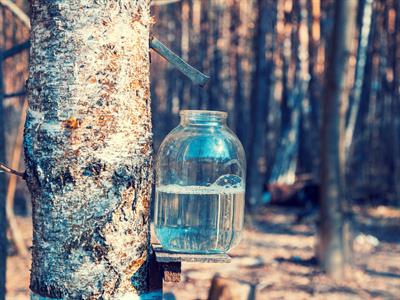PDF chapter test TRY NOW
Explanation:
Willy Wonka is enlightened by an idea for making the reverse potion when he thinks of the word 'old'. He plans to collect all things old and take specific parts of it, as the recipe is for making the grandparents old again. He lists out the necessary things needed to make the potion. It contains the oldest of materials that are centuries old.
He first plans to collect extracts from the oldest tree, as trees are the longest of all living things. The oldest of the trees is the Bristlecone Pine which is found in the Nevada region. It is \(4000\) years old and he wants the sap from the tree to add it in the recipe. The sap of a tree is the innermost layer of the tree as it is a fluid present in the xylem cells of the tree. It is mostly extracted by making a small cut in the bark of the tree. He then goes on collecting items from a very specific range of people and things. He adds the toe nail of a \(168\) year old Russian Farmer to the list. He even mentions the name of the farmer as Petrovich Gregorovitch. He makes the name and the setting old and magical to stir interest. As the list progresses, it becomes even more specific, such as the egg laid by a tortoise. Not any ordinary tortoise, but the one that has lived for \(200\) years and has been owned by the King of Tonga. He does not mention any famous country, but rather Tonga is a Polynesian country in the South Pacific region.

Collecting sap from trees
Meaning of difficult words:
| S.No | Words | Meaning |
1 | Sap | The inner most fluid of a tree bark |
2 | Xylem | The tissue in a plant that carries water from the root to the other parts |
3 | Toe-nails | The nails at the tip of each toe in the foot |
4 | Clipping | Cuttings |
Reference:
National Council of Educational Research and Training (2007). Honeycomb. The Invention of Vita-Wonk- Roald Dahl (pp. 99-106). Published at the Publication Division by the Secretary, National Council of Educational Research and Training, Sri Aurobindo Marg, New Delhi.
